At the end of winter, when the wind was still blowing hard, I visited the Mang-uri Park. It is a place where many people who played a big role in the previous century were laid to rest. It was located near University of Seoul (UOS), our school, but I was not even aware of its existence. Imagining the intensity of the independence movement that spread across the Republic of Korea on March 1, 1919, I visited their final resting place.
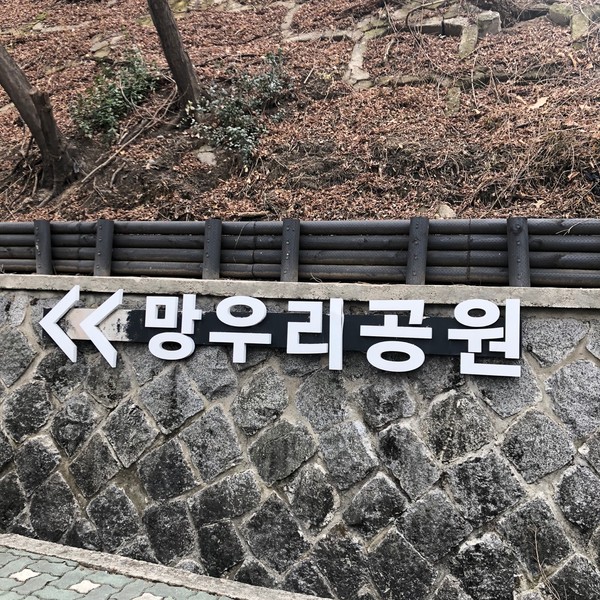
The Mang-uri Park is where the patriots who served the country during the Japanese Colonial Period and the U.S. military administrations were buried. It was called the Mang-uri Community Cemetery in the past. The Mang-uri Park began to be used as a public cemetery in 1933. Independence activists, such as Han Yong-un, Oh Se-chang, Seo Dong-il, and 17 other great men, including Bang Jung-hwan, Lee Jung-seop, and Park In-hwan were buried here. Along with such renowned people of that time, several ordinary people were also buried here. There were 28,500 graves before its closure in 1973. Most of the graves have been relocated. Currently, there are only around 7,000 graves, indicating a tendency toward improving the park’s functionality.
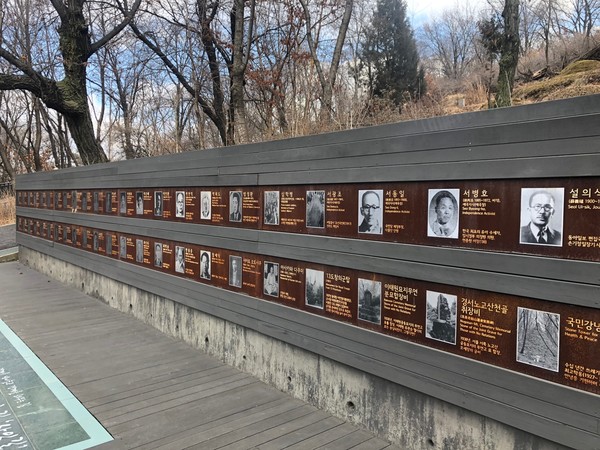
It is now much more active as a park, as reflected by the change in its name. In addition to the Dulle-gil course in Seoul, Jungnang-gu District has created a history and culture walking the course and a humanities road “Sa-it-gil” walking course to provide a sense of walking alongside the footsteps of great people. The total length of the 2 courses is 2.7 km, which takes about an hour and a half to 2 hours to cover. Additionally, the theme-specific courses, namely “The Path to Patriotism,” “The Path to Modern Medicine Pioneer,” and “The Road to Modern Literature” were prepared so that visitors could choose one of them according to their interests. There are also programs, such as education programs for students and local culture tours that provide free commentary for at least 10 people at a time.
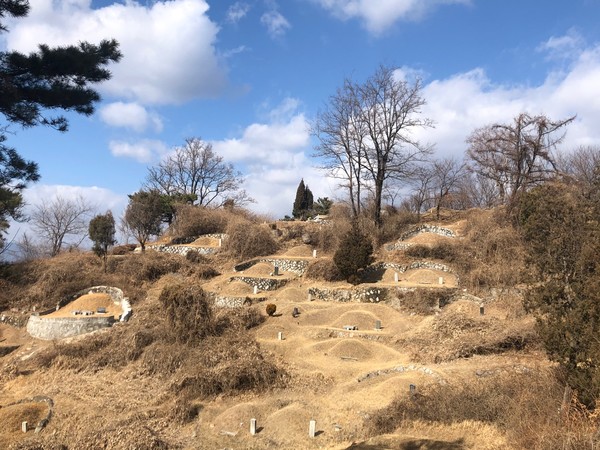
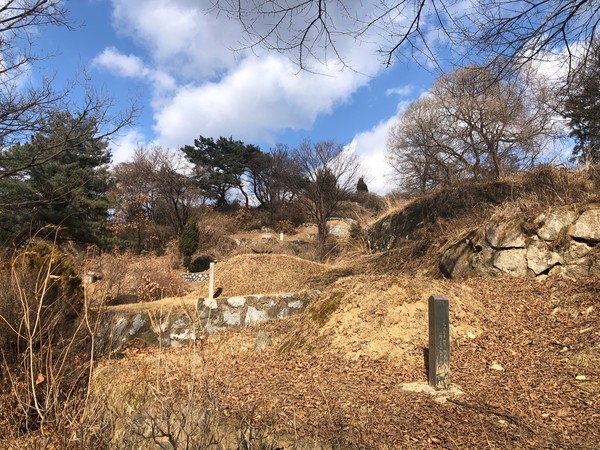
It is a historically significant place and is greatly revered. Hence, I went to cover this with anticipation. However, the park I stood in front of was very different from what I had imagined. The unnamed graves of the ancestors were located on either side of the walkway. The surrounding grass and plants were messed up. This could be because the grave’s belonged to someone ordinary. However, the scene here looked more like the scene reflected neglect rather than reverence for the ancestors.
Of course, not everything was like this. The graves and standing stones of the great men were well organized to ensure recognition. The name and a famous quote are etched on the front surface of the installed standing stone, and the history of the relevant figures is written on the back. There are signs to guide everywhere and a small event at the beginning of the course, such as the “Worry-eating mailbox,” which was conceived from the name of Mang-u (forgetting worries, in English) ri.
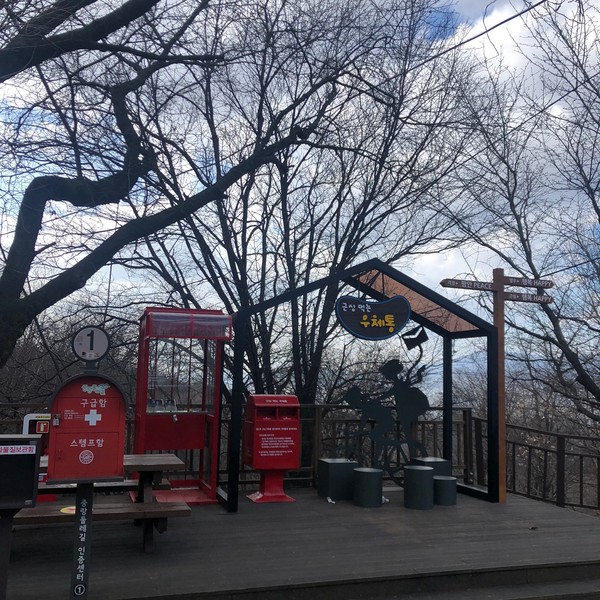
I also understand the local governments’ limitations. Although many graves are being translated, the area was packed with too many graves, and there was no room for looking after such graves. The Mang-uri Park is different from the national cemetery, which is managed by the Ministry of Patriots and Veterans Affairs, and the park’s management is poor. Since only some graves designated as registered cultural assets are entrusted by the district, the management of graves without cultural significance and bereaved families are neglected. To solve this problem, the district recruits volunteers to manage the graveyard - eternal memory volunteers to carry out activities, such as access road maintenance, removal of weeds, and tombstone management. In the end, management is carried out by the citizens

Jungnang-gu district produced a promotional video that collaborated with the Korean traditional music team in January, and Seoul City is seeking to build the Mang-uri Park Welcome Center (working title) to transform it into a “civilian-friendly space.” It is also very important to promote the park among people who are unfamiliar with it. However, proper management and neat arrangement of these graves may help the promotion. Along with leaving the cemetery as it is and adding new elements, I would like to propose a way to improve its environment.
Just as I have learned about the Mang-uri Park through this coverage, there may be many historical sites in Seoul and all over Korea that do not receive much attention. In a way, local governments’ efforts begin with the public interest. Therefore, we must take an interest in our history to preserve it.
“Mang (forgetting, in English) woo (worrying, in English)”- Mang-u comes from the word of Taejo, Lee Sung-gye, meaning “Now I’m forgetting to worry” at the Mang-u Hill. The Mang-uri Park is where our ancestors lay buried, and it is where we stand today. We and our future generations must remember our ancestors who remain buried with no more worries in their as they were laid to rest.

